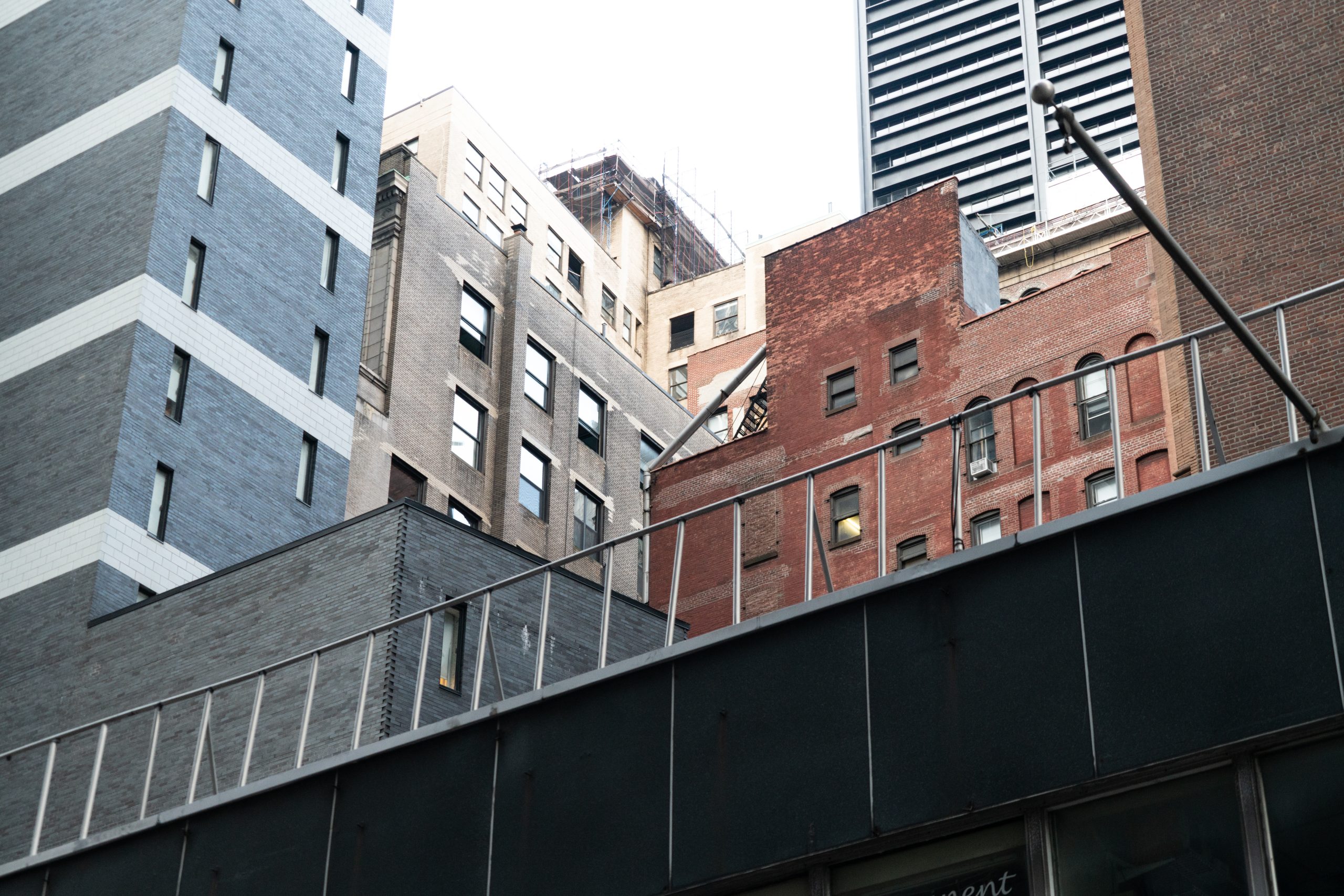[1] In New York City, complainants who believe that they are the victims of discrimination can seek relief: (1) by commencing an administrative proceeding with the New York City Commission on Human Rights, the New York State Division of Human Rights, or the United States Department of Housing and Urban Development (“HUD”), or (2) by filing an action in state court or federal court under state and federal civil rights and fair housing laws. Note that HUD is obligated by law to refer housing discrimination complaints to certified state or local agencies that may have jurisdiction over the matter before taking any further action. 42 U.S.C. § 3610. Also note that, unlike claims of employment discrimination under Title VII of the Civil Rights Act of 1964 (“Title VII”) and Title I of the American with Disabilities Act of 1990 (“ADA”) which require plaintiffs to exhaust administrative remedies by filing a complaint with the Equal Employment Opportunity Commission (“EEOC”) and obtaining a right to sue letter, discrimination claims brought under Title III of the ADA in connection with public accommodations, or claims brought pursuant to the Fair Housing Act (“FHA”), New York Executive Law § 296, or the New York City Human Rights Law do not require an exhaustion of administrative remedies and the plaintiff can seek redress directly in court. See Huntington Branch, N.A.A.C.P. v. Town of Huntington, 689 F.2d 391, 394 n. 3 (2d Cir.1982) (holding that a party challenging a municipality’s zoning decision under the FHA does not need to exhaust administrative remedies, even where, as here, the “reasonable accommodation” test is invoked); Joseph’s House and Shelter, Inc. v. City of Troy Planning Bd., No. 05–CV–513, 2009 WL 2413936, at *1 (N.D.N.Y. March 31, 2009) (“It is well-established that plaintiffs are entitled to bring an FHA and ADA claim based on a discriminatory land use decision, even if a state-court Article 78 proceeding is available.”); Hernandez v. New York City Dep’t of Corp. Counsel, No. 94 Civ. 9042, 1997 WL 27047, at *10 (S.D.N.Y. Jan.23, 1997) (“Unlike Title VII, the NYSHRL and NYCHRL do not require exhaustion of administrative remedies.”)
[2] California Dept. Of Fair Emp’t & Housing v.2001 California St. Apart., No. 03–423255 (Cal.Sup.Ct.2005), Vol. E1, Issue 1 National Fair Housing Advocate (Dec.2005).
[3] Liability is imposed upon “any person who owns, leases (or leases to), or operates a place of public accommodation” that discriminates against an individual on the basis of disability. Id. Discrimination includes the failure to remove “architectural barriers” in existing facilities where such removal is “readily achievable.” 42 U.S.C. § 12182(b)(2)(A)(iv).
[4] Powell v. National Bd. Of Medical Examiners, 364 F.3d 79, 86 (2d Cir. 2004).
[5] Id.; See Botosan v. Fitzhugh, 13 F.Supp.2d 1047, 1053 (S.D. Cal. 1998) (recognizing that, in an appropriate case, emotional distress can constitute special damages under Fed. R. Civ. P. 9(g)).
[6] Santiago v. Coco Nail HB, Inc., No. CV 10-3373, 2012 WL 1117961, *2 (E.D.N.Y. 2012) (awarding reasonable counsel fees in ADA public accommodation case).
[7] Roberts v. Royal Atlantic Corp., 542 F.3d 363, 373 (2d Cir. 2008) (characterizing “readily achievable” as a plausible proposal for barrier removal, the costs of which, facially, do not clearly exceed its benefits).
[8] Brooks Shopping Centers, LLC v. DCHWWC Restaurant, Inc., 32 Misc.3d 55, *56-7 (N.Y. Sup. Ct. App. Term. July 8, 2011) (reversing trial court and holding that cost of bringing premises into ADA compliance which exceeded $500,000 was not sufficient to demonstrate that removal of barriers was unduly burdensome and new trial was ordered to determine tenant’s ability to render the premises ADA-compliant to the “maximum extent feasible”).
[9] Botosan v. Paul McNally Realty, 216 F.3d 827, 834 (9th Cir. 2005) (“[A] lease allocating liability between a landlord and a tenant does not affect either parties’ liability with respect to third parties.”)
[10] Yates v. Delano Retail Partners, LLC, No. C 10-3073 CW, 2012 WL 1094444, *2-3 (N.D. Cal. 2012) (recognizing parties’ ability to rely on lease agreements to seek indemnification but holding that indemnifying party not an indispensable party for an action brought under the ADA).






